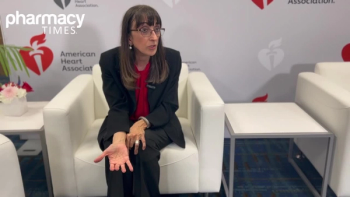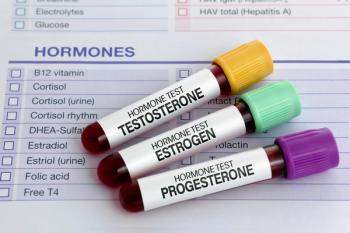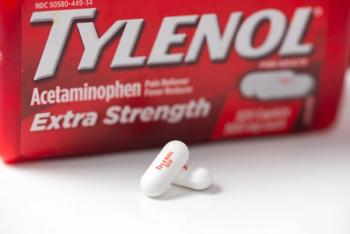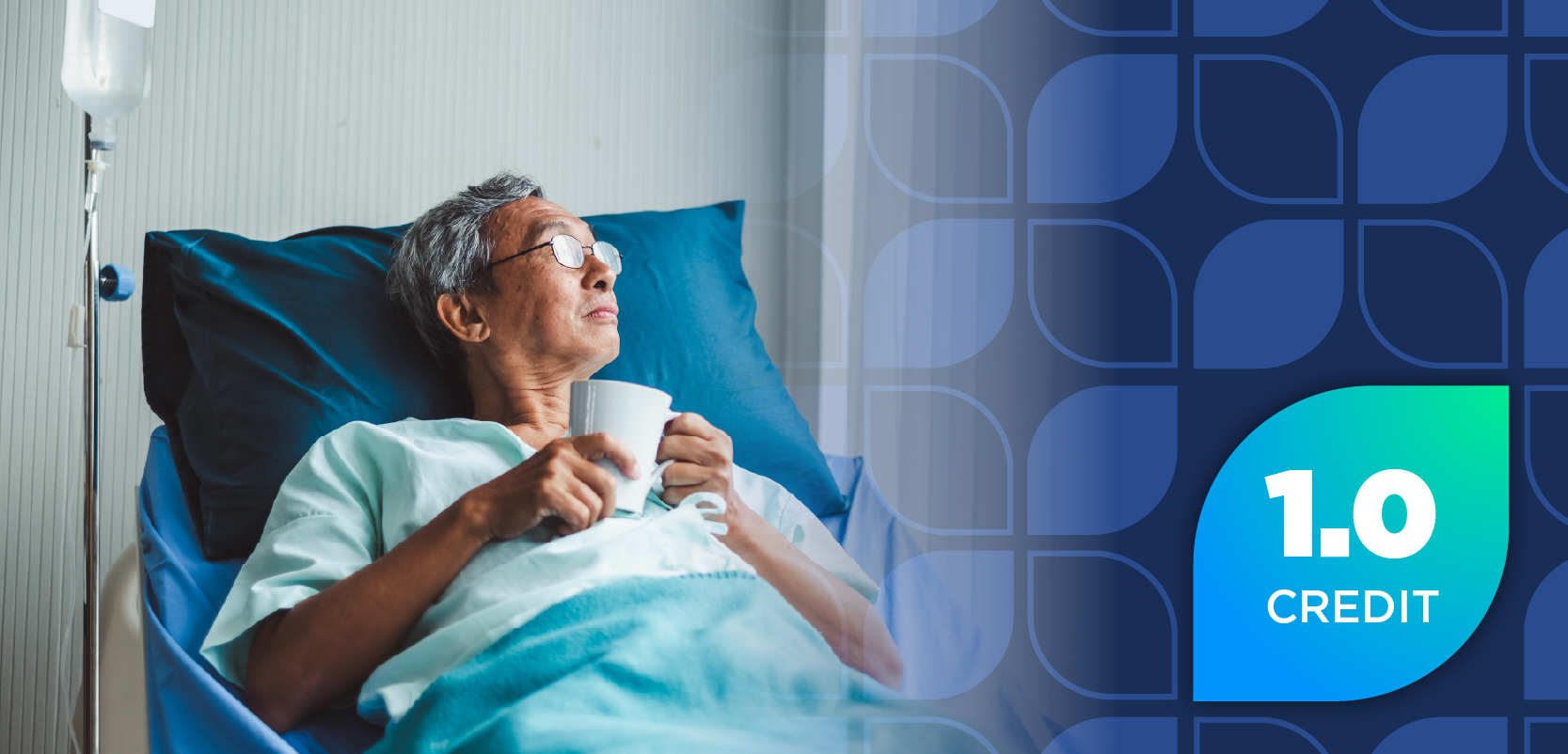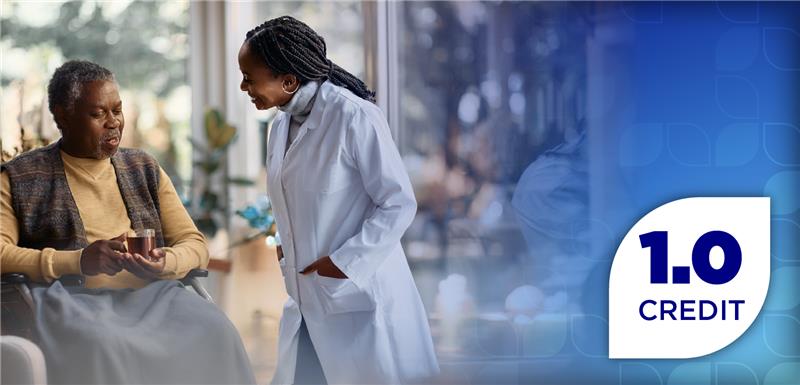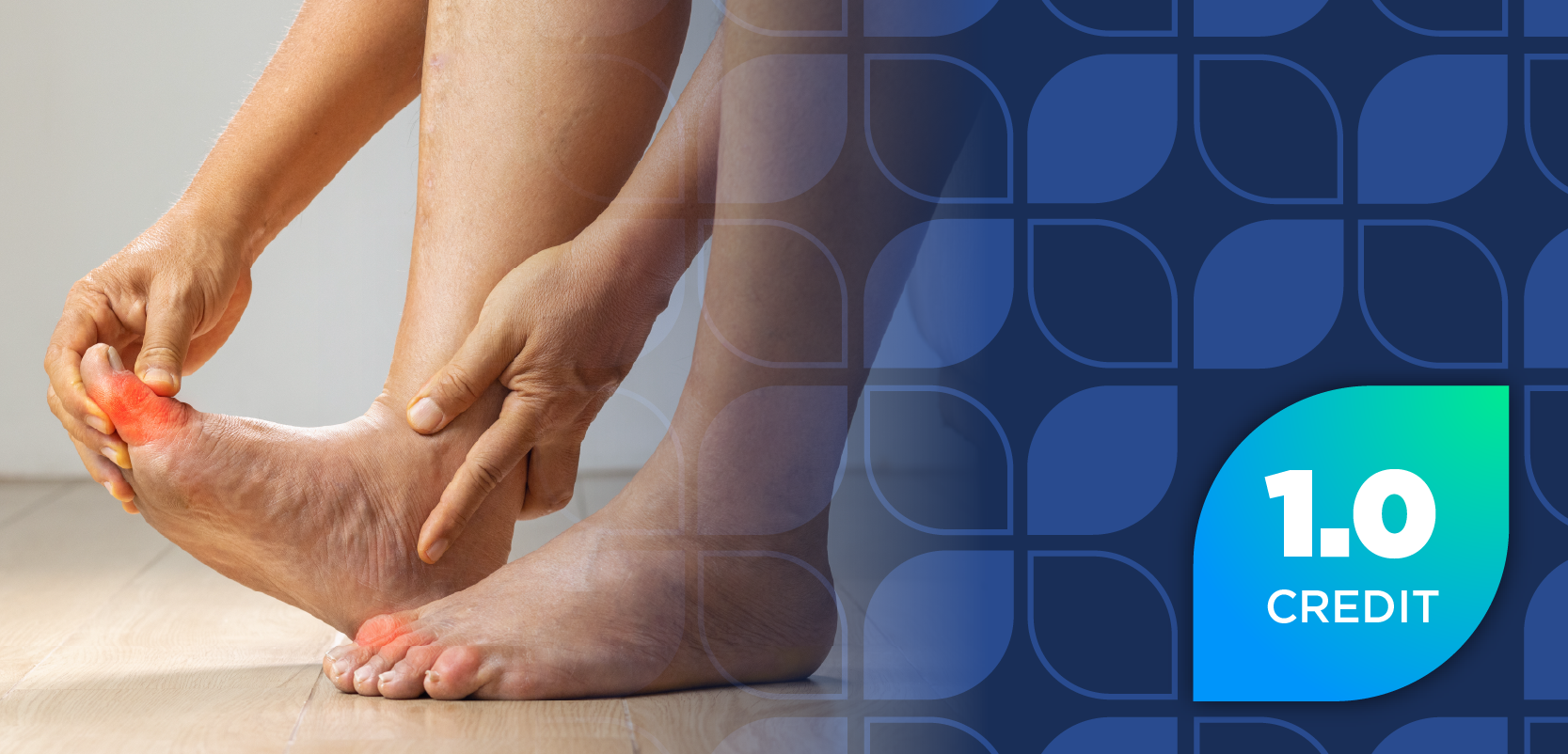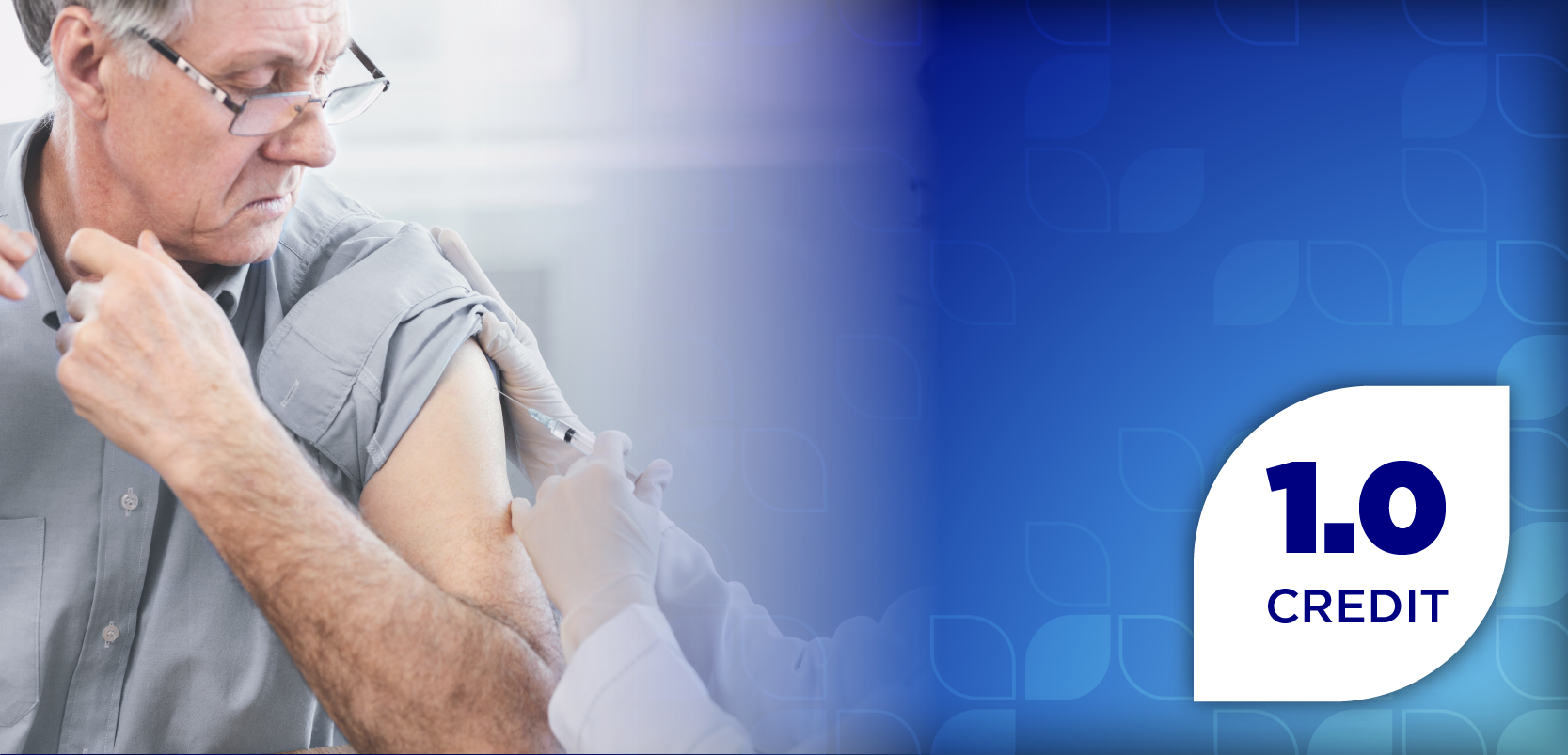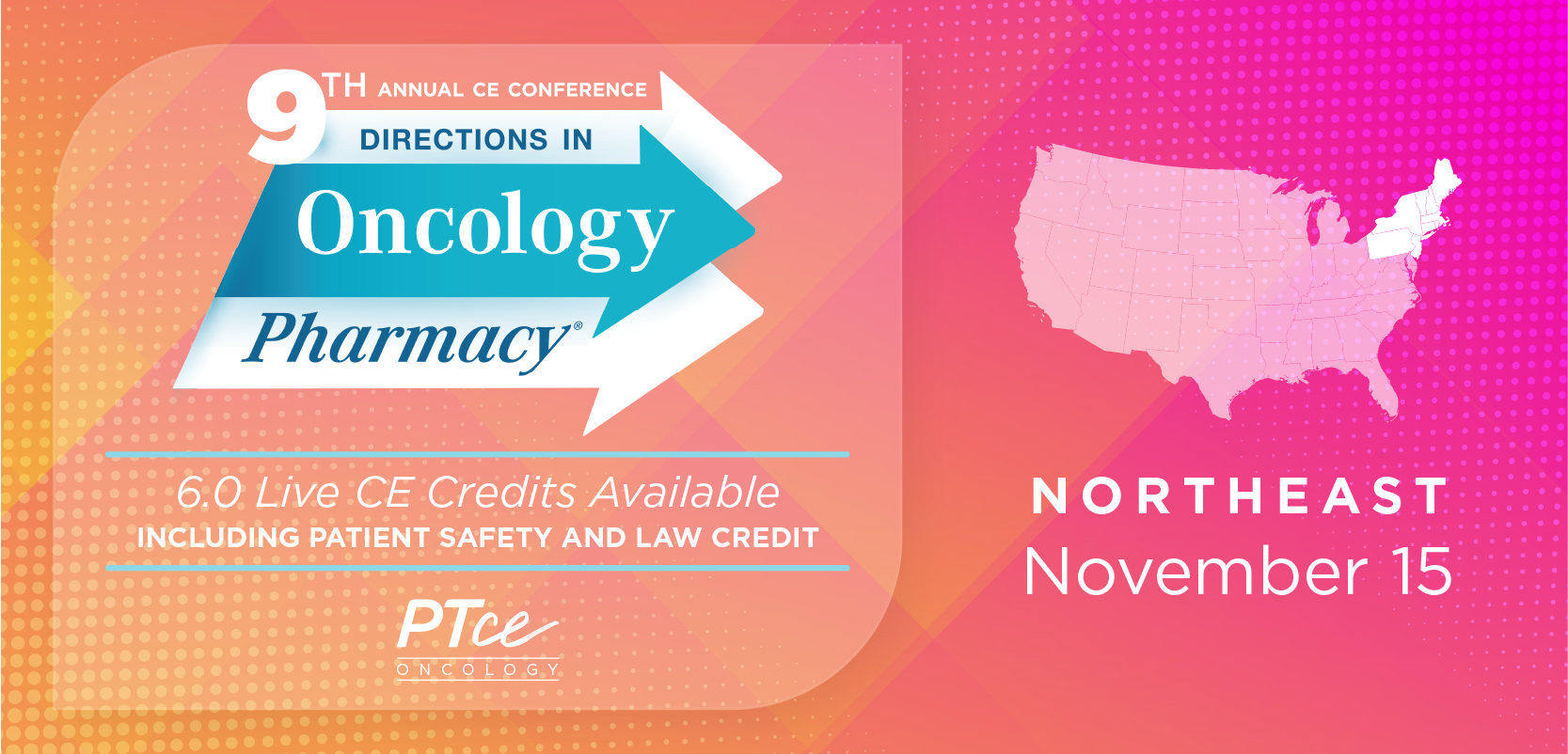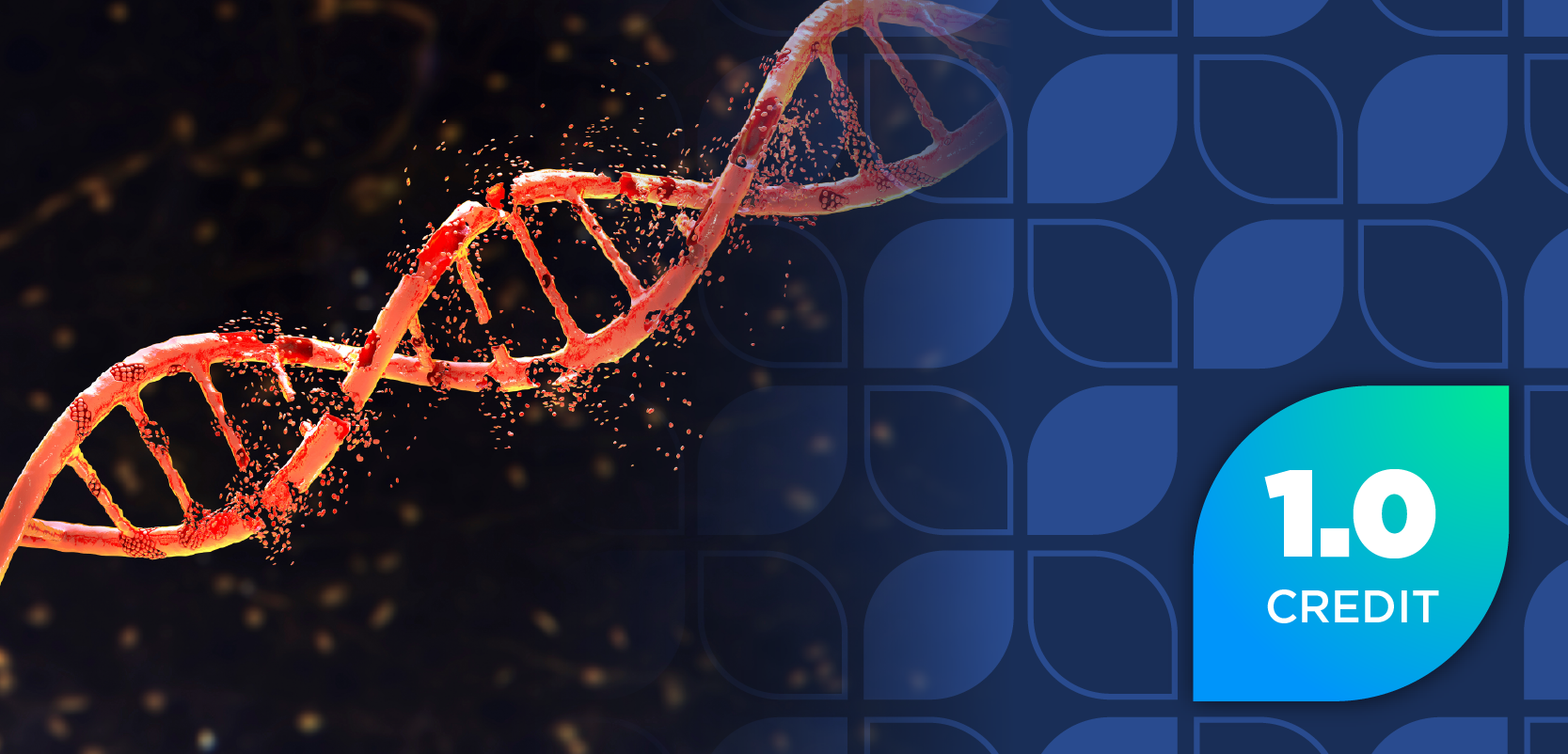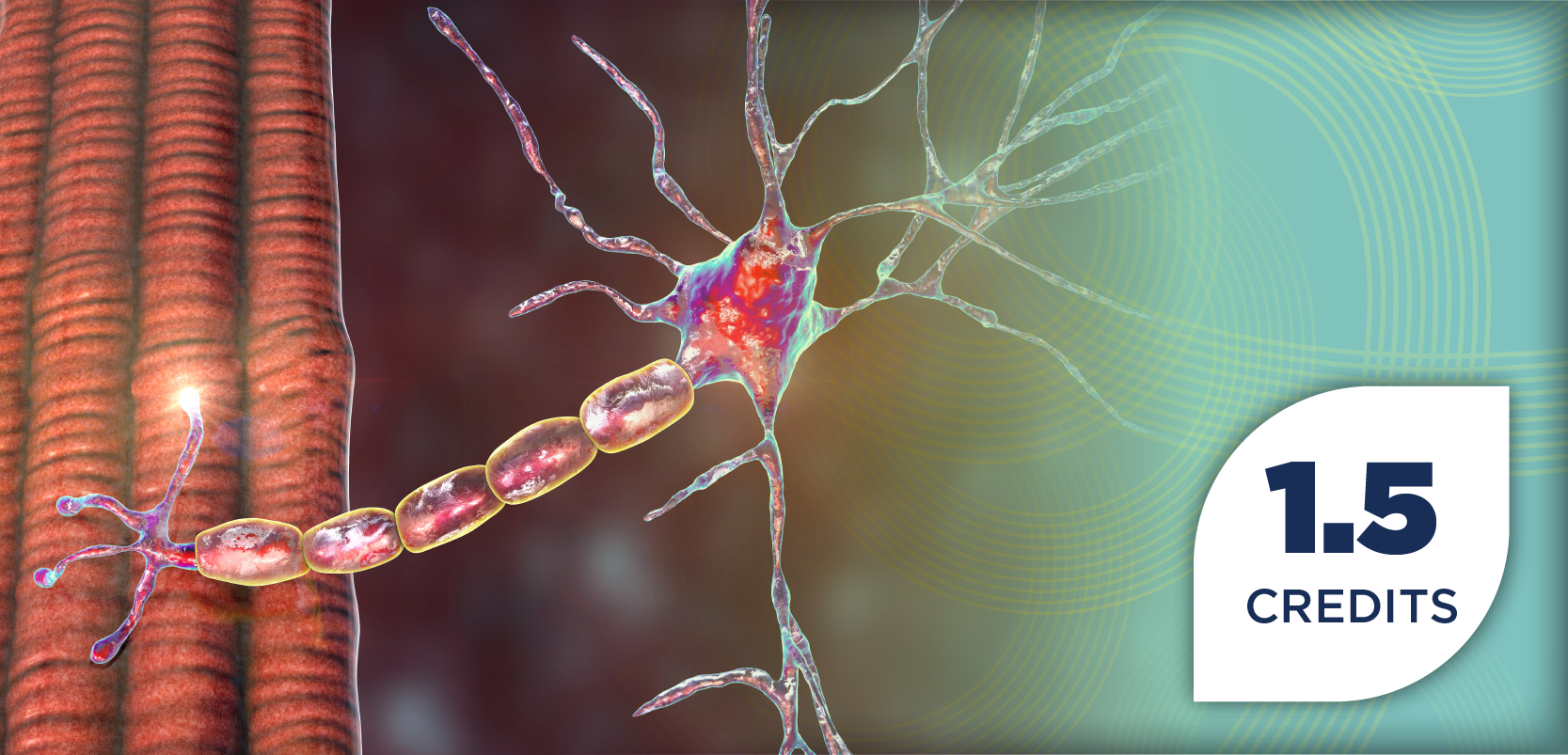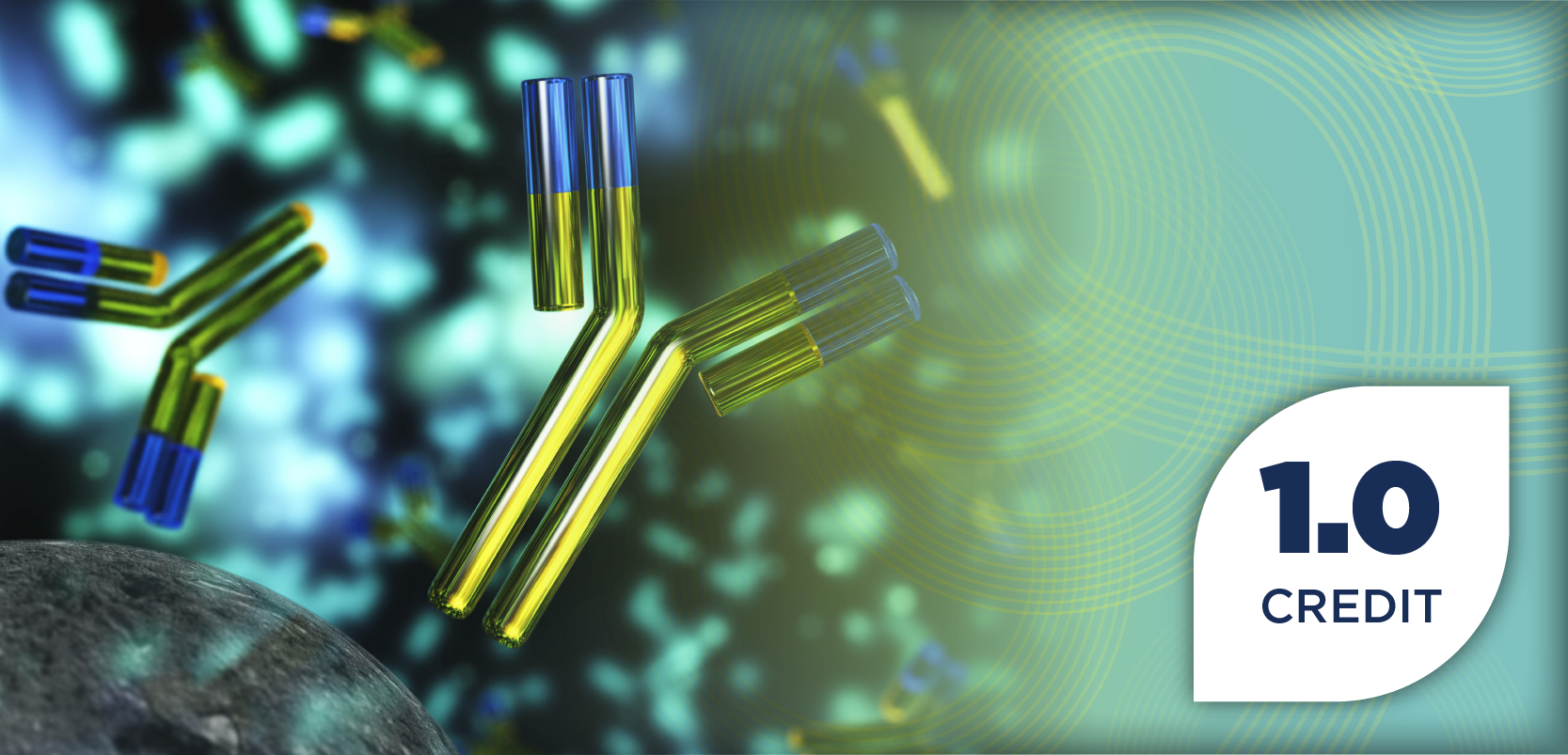
The SUGAR Handshake Could Be a Sweet Option for Safer Diabetes Care
Key Takeaways
- Type 2 diabetes will affect over 1.3 billion people by 2050, with older adults at increased hypoglycemia risk due to age-related factors.
- The SUGAR handshake, a pharmacist-led intervention, improved hypoglycemia management in elderly patients by enhancing medication knowledge and safety behaviors.
By 2050, type 2 diabetes is expected to affect more than 1.3 billion people worldwide.1 Among them, older adults face unique risks, particularly hypoglycemia due to age-related physiological changes, multiple medications, and comorbidities. Managing these risks is a growing clinical challenge.
Now, researchers in Jordan have identified a promising new approach to improving hypoglycemia management in this vulnerable population, according to findings published in BMC Geriatrics.1
Study Design
Researchers completed a pragmatic randomized controlled trial (ADAM-ROSE) to evaluate the effectiveness of the SUGAR handshake in the elderly population to prevent hypoglycemia. SUGAR refers to hypoglycemia education surrounding Signs/symptoms, Understanding the causes, Good glycemic control, Acknowledgment, and Recap/summary. The handshake component is a pharmacist-led educational intervention that consists of a 1-on-1 and face-to-face verbal communication and a pictogram.1
The researchers randomized patients 1:1 to the intervention (SUGAR handshake) or usual care. Both the usual care and the intervention groups had 106 patients. Pharmacist intervention occurred on day 0, day 45, and day 90. The researchers completed patient and/or caregiver interviews of 12 participants to perform a qualitative assessment. On day 45, they interviewed 5 intervention patients and 4 usual care patients. The remaining 3 intervention patients were interviewed on day 90.1
Clinical Implications
All of the patients in the intervention group received the SUGAR handshake. Both groups had similar adherence levels in measuring fasting blood glucose and logging hypoglycemia. The intervention helped improve the patients’ medication management knowledge, which increased their motivation to form habitual safety behaviors.1 Participants in the intervention group were less likely to experience hypoglycemia without a change in fasting hyperglycemia.
Trust in pharmacists and engagement of family members and caregivers helped to increase adherence to the intervention. Barriers to adherence were health status, age-related conditions, and stress.1
To scale this intervention, researchers noted that other steps would need to be taken, including a cost-effectiveness study, an equity analysis, and an assessment of external validity through real-world conditions.1 However, the findings reinforce the value of pharmacist intervention in this growing patient population.
REFERENCES
1. Almomani HY, Ayre HM, Powell RA, Armani K. The SUGAR handshake intervention to prevent hypoglycaemia in elderly people with type 2 diabetes: process evaluation within a pragmatic randomised controlled trial. BMC Geriatr. 2025;25(1):753. doi:10.1186/s12877-025-06361-2
2. Almomani HY, Pascual CR, Grassby P, Ahmadi K. Effectiveness of the SUGAR intervention on hypoglycaemia in elderly patients with type 2 diabetes: A pragmatic randomised controlled trial. Res Social Adm Pharm. 2023;19(2):322-331. doi:10.1016/j.sapharm.2022.09.017
Newsletter
Stay informed on drug updates, treatment guidelines, and pharmacy practice trends—subscribe to Pharmacy Times for weekly clinical insights.

